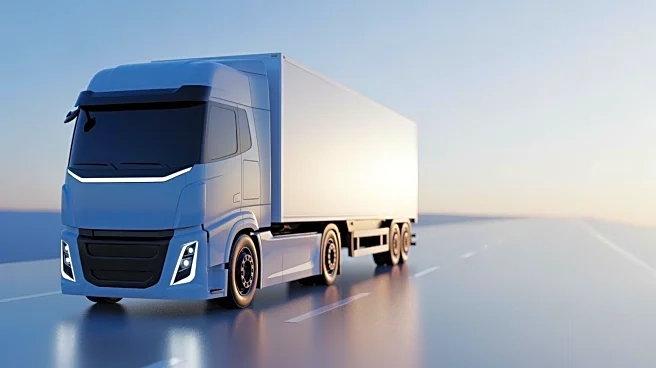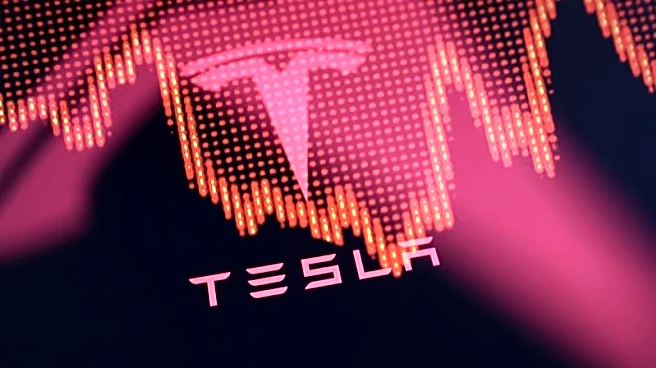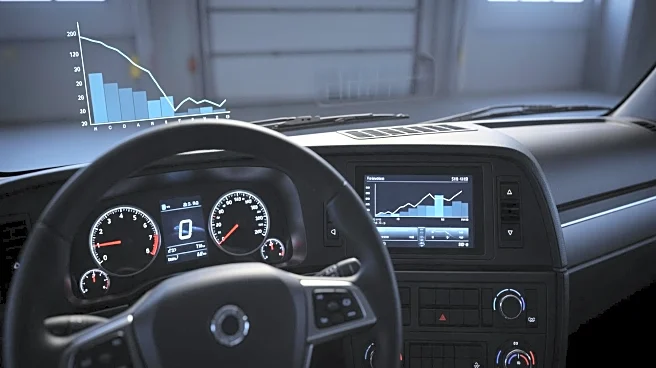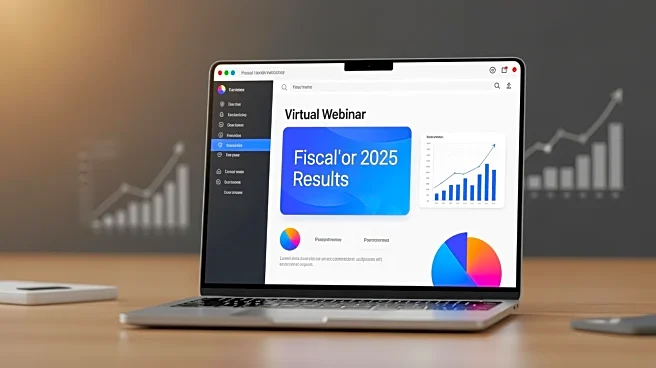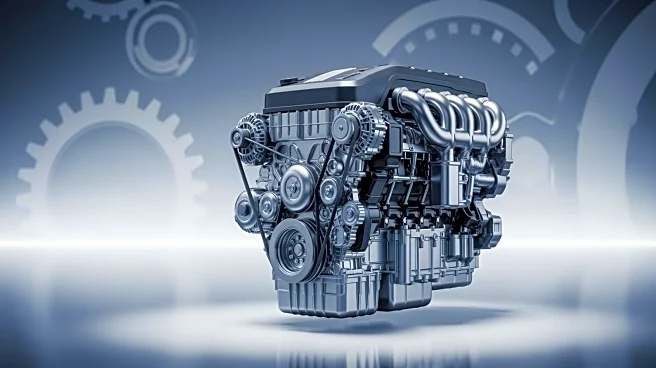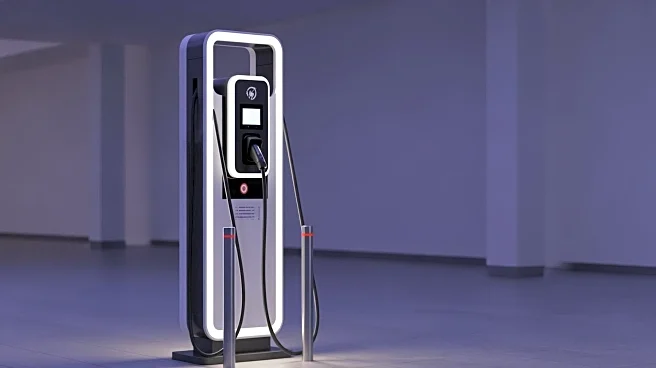What's Happening?
Paccar CEO Preston Feight has expressed optimism about the demand for Class 8 trucks in the U.S. and Canada for 2026, contingent on the resolution of current policy uncertainties. During a recent conference
call following Paccar's third-quarter results, Feight projected Class 8 truck sales to range between 230,000 and 270,000 units next year. This forecast reflects a potential 10% increase at the high end compared to the company's current year forecast. Feight emphasized the importance of regulatory clarity, particularly concerning the Environmental Protection Agency's (EPA) emissions rules, which mandate that heavy-duty trucks emit no more than 35 milligrams of nitrogen oxides starting with the 2027 model year. The trucking industry has faced challenges due to economic and regulatory uncertainties, with significant declines in Class 8 orders reported by ACT Research.
Why It's Important?
The anticipated increase in Class 8 truck demand is significant for the trucking industry, which has been grappling with economic and regulatory challenges. A clearer regulatory environment, especially regarding emissions standards, could stabilize the market and encourage investment in new equipment. This potential growth in demand could benefit manufacturers like Paccar, which owns Kenworth and Peterbilt, by boosting sales and production. However, the industry's recovery is still uncertain, as it depends on various factors, including the pace of the freight market's recovery and the finalization of emissions regulations. The outcome will have implications for fleet operators, manufacturers, and the broader logistics sector.
What's Next?
The trucking industry is closely monitoring the EPA's final decision on emissions standards, which will influence purchasing decisions and market dynamics. If the 35-milligram nitrogen oxide limit is confirmed, it could lead to a pre-buy of trucks before the new standards take effect, impacting sales patterns. Additionally, the industry's recovery will depend on broader economic conditions and the resolution of trade and tariff issues. Stakeholders, including fleet operators and manufacturers, will need to adapt to these changes and plan for potential shifts in demand and regulatory requirements.
